The rules of attachment: It’s time to team up with a brand engagement agency
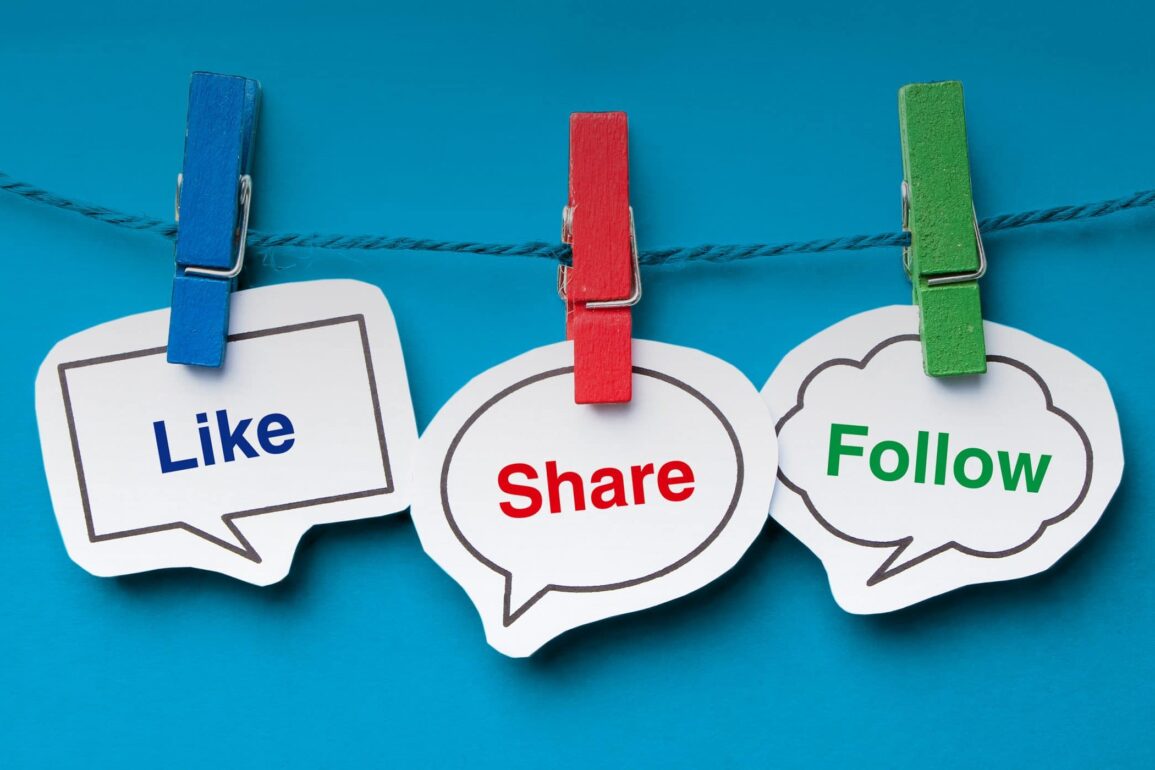
How would you describe the culture of the world today? For some people, the answer will be “digital”, for others, it might be “social”, or “active”. Ultimately, if you distill all the possible descriptors down into one basic category, you’ll find that today, business success comes down to one word: “Engagement”.
Research suggests that customers feel a sense of reward whenever they have an opportunity to share thoughts and feelings online. We like connecting with other people, brands, and groups. That’s why the online world is littered with YouTube videos, Instagram-filtered pictures of restaurant meals, and countless social media shares.
In a world so full of customers ready to interact with other people, it makes sense that companies would want to make the most of brand engagement. With brand engagement campaigns, organisations can begin to pull long-term loyalty from their audience members, by connecting with customers on a deeper level. It’s no wonder that 78% of marketers use “engagement” as a metric for proving ROI.
So, what is brand engagement? How can you design your own strategy, and what do you need to make the most of an engagement campaign? Don’t worry, we’re going to answer all those questions (and then some) right here.
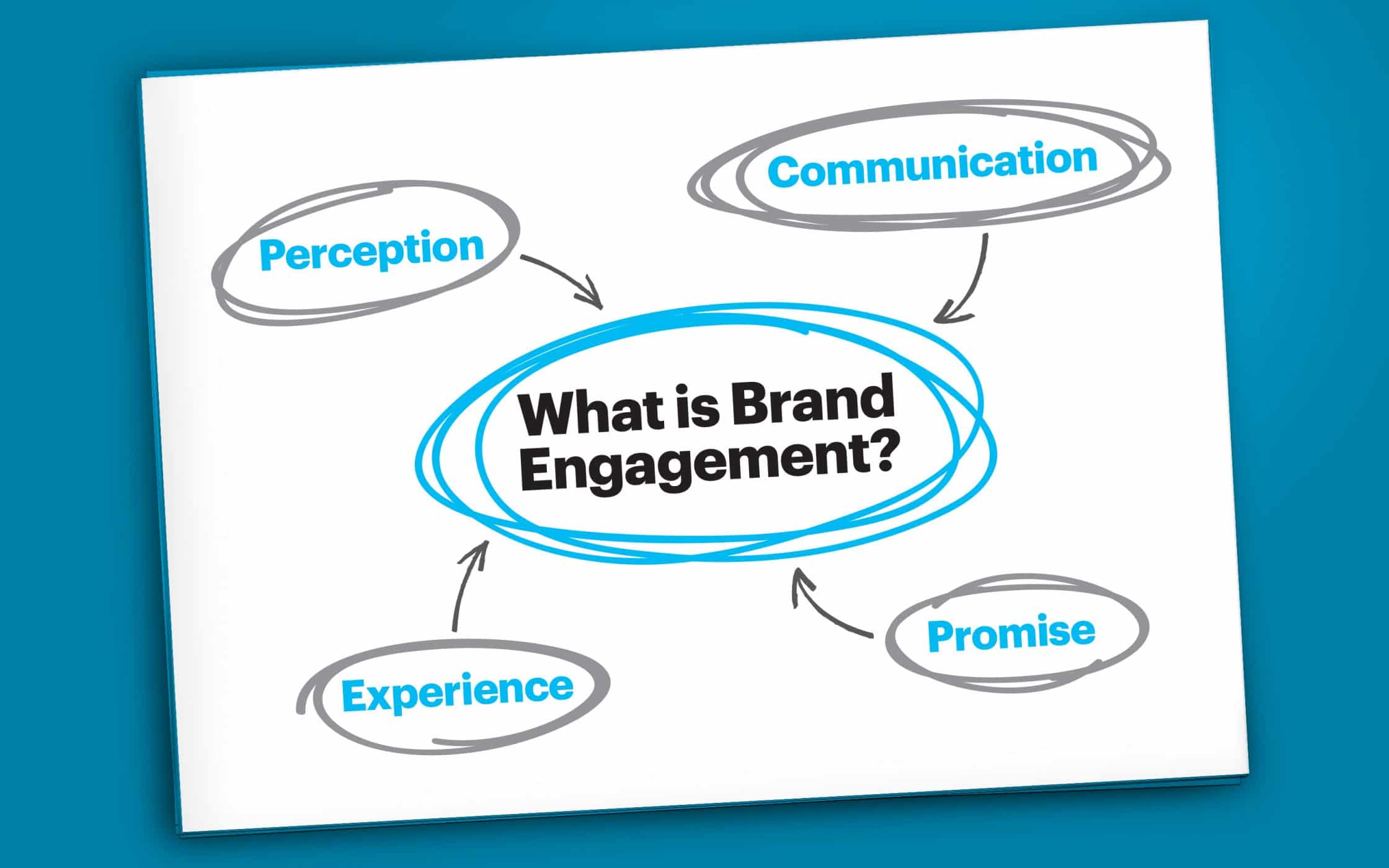
What is brand engagement? Designing your brand engagement campaigns
So, what is brand engagement?
Well, there’s no singular definition. However, from the perspective of a brand engagement agency, “brand engagement” is basically the process of designing a mutually beneficial relationship between a company and customer, based on value and trust. Much like brand affinity, brand engagement works by building an emotional commitment to a brand.
Over the years, social media has given new power to brand engagement, by shaping the future of word-of-mouth marketing, and allowing consumers to interact with their favourite companies in unique ways. Now, with the right brand engagement campaigns, companies can cultivate loyal fans, and encourage them to enhance their social media following through more likes, shares, and comments.
For some companies, a great brand engagement strategy could even be the key to creating “viral” content. However, it’s worth remembering that creating an effective brand engagement campaign isn’t just about being on social media. Brand engagement involves the ability to form a rational, and emotional attachment with your audience through four key pillars:
What is brand engagement? Perception
Branding is all about how customers perceive your company. This involves your brand personality, your image, and the way you communicate with your customers. Brand engagement begins by creating something your customers feel compelled to connect with. From designing a professional website that ensures your authority in your space, to choosing social media strategies that entertain and inform your customers.
What is brand engagement? Communication
Communication is an obvious essential to any brand engagement campaign. To provide the best communication strategies, remember to integrate your campaigns, learn as much as you can about your target audience, and tailor your solutions to the needs of your customers. Think about the requirements your clients have when they come to you, which questions they ask, and how you can provide key information without your customers ever having to ask for it.
What is brand engagement? Experience
The way a customer “experiences” your brand can make or break your future for engagement. Everyone wants to feel valued and appreciated. One way to improve the experience your customers have with your brand is to invest in personalised marketing efforts. Learn more about your user personas, and segment your campaigns according to the needs of each demographic in your audience.
What is brand engagement? Promise
Finally, when you first create a new brand, you do so with an idea of what you’re going to give your target customer. This is your brand “promise”. Think about what you’re trying to convince your customers they can expect from you, and make sure that you stick to your promises wherever possible – from your behaviour online, to your offline activities.
The misconceptions that damage brand engagement
Branding is a tricky business.
That’s why, at Fabrik, we recommend our customers work alongside a brand engagement agency when designing new solutions for their company. After all, in an environment that’s constantly evolving, it’s difficult to understand what brand engagement is really about.
Many digital marketing campaigns go astray when companies don’t understand how to properly integrate their branding efforts. Here are just some of the misconceptions that can damage your potential, without the help of a brand engagement agency:
Mistake 1: Thinking a logo encompasses a brand
Often, we associate big brands with their big, exciting logos – but that doesn’t mean a logo is all a brand is. A logo and visual identity is just the “packaging” around a brand. If you want to engage your customers, then you need a far more significant branding strategy. Differentiation features, voice, communication, and more should all come together to form a more three-dimensional brand. After all, the more your customer knows about the “human” side of your brand, the easier it is for them to engage with you.

Mistake 2: Focusing too heavily on social media
A great social media campaign is definitely one of the easiest ways to boost brand engagement. But it’s not the only option. Believing that brand engagement is all about social media can lead to a pretty restricted campaign. Rather, studies show that the best way to get your customers engaged, is to use multi-channel solutions.
Mistake 3: Thinking lack of sales means lack of engagement
All businesses want to sell – that’s obvious. While sales are a significant and useful brand-engagement metric, they’re not the only thing to think about. As your brand engagement agency will show you, there are many other metrics that can help you to measure your engagement. For instance, powerful word-of-mouth marketing will boost your page hits and authority, but it’s hard to see this in your ROI until new customers start rolling in.
Mistake 4: Believing only expensive ads can drive engagement
The biggest campaigns for brand engagement that we see in the industry appear in publications like “Adweek“. These are the strategies used by brands who spend thousands on hard hitting campaigns and high level messages to achieve fantastic digital shares. While there’s always an option to go down this route with your brand, it’s not only the expensive ads that drive engagement.
In fact, engagement should be a feature in all your digital marketing campaigns. Social media activity and valuable content help to empower better engagement, along with unique podcasts, customer service, and more.
Mistake 5: Separating brand engagement from other campaigns
Brand engagement can be difficult to understand without the help of a brand engagement agency. That’s why so many companies end up separating their strategies from the other digital marketing campaigns. However, the truth is that brand engagement should be a central theme in everything you do as a company.
True brand engagement is a consistent policy, and something that should improve every time you create a new marketing campaign, share your story with your audience, or improve your customer service strategies. Don’t put brand engagement in a corner.
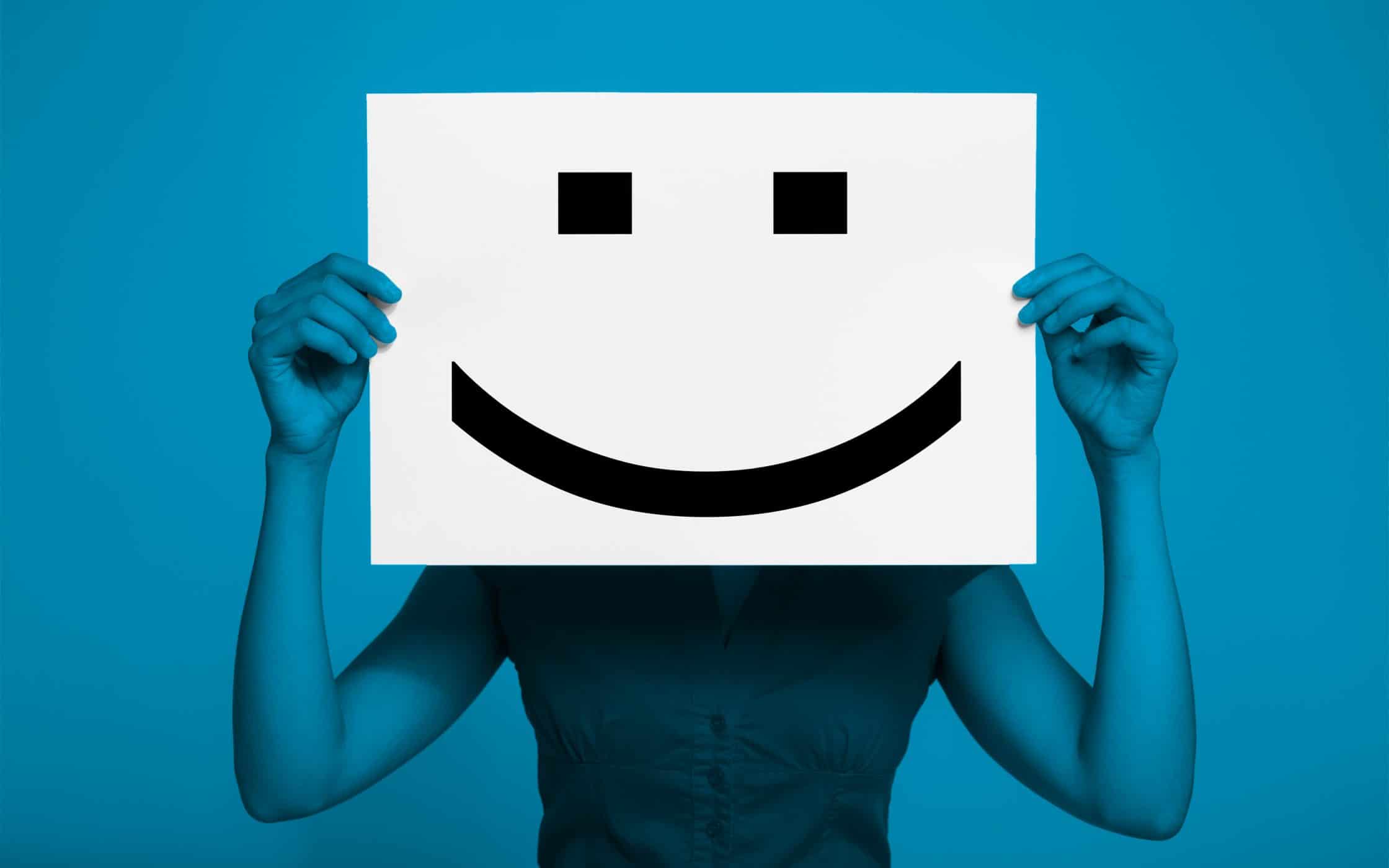
How to build brand engagement from scratch
So, we’ve covered the mistakes that you shouldn’t make with your brand engagement strategies. Now, we need to look at how you can begin to develop brand engagement from scratch. As with most things in the world of business development, your strategy will depend on the unique needs and goals of your company. However, for most people, brand engagement campaigns are much simpler than they seem.
It all comes down to a few basic steps:
Step 1: Establish exceptional products and services
It seems obvious, but if you want true brand engagement, you need more than a killer content marketing strategy. Customers are naturally going to behave with more loyalty towards your company if you provide them with exceptional value in your product and services. People don’t form bonds with brands that are boring, sub-standard, or fake.
Look at the competitors in your market space and ask yourself why your customers should choose you above them. There are plenty of ways to differentiate yourself besides offering the cheapest price. Everything from your personality, to a unique spin on a product can make your company more appealing.
Step 2: Refine your online marketing
This is where working with a brand engagement agency can come in handy. Developments in the online world have ensured an astronomical increase in internet access. In January 2017, we learned that 2.79 billion people are online. In other words, if you’re not making the most of your online marketing strategy, you’re alienating a huge audience. So how can you refine your efforts? Try a few of these tips:
- Start a blog as a simple way to share entertainment and information with your online followers, then upgrade that strategy with new solutions like vlogging, visual posts, and more.
- Segment your audience and personalise your content. Today’s customers expect a bespoke experience when they interact with brands online. Great brand engagement can begin with something as simple as a customised email, or offer.
- Identify the right social media channel for your customers, and engage with your audience there. Remember, Instagram has the highest post engagement per 1,000 followers right now.
- Encourage user-generated content. Customers love to feel heard. Ask them to share content with you in the form of pictures, stories, and videos, then promote that content throughout your social and digital platforms. This will help to define you as a brand that appreciates their customers.
Step 3: Provide world-class customer experience
When it comes to brand engagement, customer experience is key. If your clients can’t rely on you to give them exceptional service every time they interact with you, then they’re likely to go elsewhere. In fact, 78% of customers abandon brands because of poor customer service. So, how do you provide the experience your consumers are looking for?
- Upgrade your customer service efforts by responding to clients in need through social media and instant chat. After all, no-one likes making phone calls these days.
- Be attentive and make sure that you respond to any queries or messages that customers send your way. Whether on social media, email, or instant chat, you should be available to respond to the needs of your customers, and address their comments regardless of whether they’re positive or negative. Remember, studies show that 57% of customers would dump a brand who failed to address a negative review.
- Provide privacy. One study by Accenture found that 85% of consumers in the US are more loyal to brands dedicated to protecting their personal information. Make sure that your customers feel secure interacting with your brand.
- Make interaction easy. Ensure that your customers know exactly how they can interact with you. Do some research and find out which contact solutions your clients prefer, and adapt your customer service based on that information.
Step 4: Reward your loyal customers
Lastly, if you want to create brand engagement, and keep it, then you need to learn how to reward the customers that are loyal to your brand. Pinpoint the customers that engage most frequently with your company reach out to them with thank-you messages, special discounts, and more. Not only will this help to keep your customers sweet, but it could improve your chances of attracting brand advocates for your company.
77% of customers would love to take part in a loyalty program after they’ve made a purchase. After all, who doesn’t love getting rewards?
Brand engagement campaigns: Inspiration to learn from
If you want to be successful in today’s high-octane business world, then you need to learn how to earn and retain your customers. Brand engagement campaigns can help you to not only attract new audience members, but maintain the ones you have. After all, research shows that 87% of customers who interact regularly with a company feel “loyal” to that company.
Today’s customers are demanding deeper relationships with brands, but without the assistance of a brand engagement agency, it’s difficult to determine how you can successfully create those relationships for your company. Here are a few of the best, and most recent brand engagement campaigns to appear on the market to help inspire you, as well as some of the lessons that you can learn from each one.
1. Dos Equis: Add more customer value
The Dos Equis “Most interesting man in the world” campaign originally started back in 2006. Even if you think you haven’t seen it, you’ve probably spotted the internet meme somewhere. The campaign was one of the most popular in the world, so we will forgive you for wondering why the company relaunched it with a new star in the leading role.
Ultimately, the answer is that Dos Equis were looking for a way to relate to their customers, and engage them with a more “average” interesting man. After discovering that 60% of Dos Equis drinkers watched sports while they drank, Katz became the first NCAA national sponsor, and introduced a younger “interesting man”.
2. Denny’s: Show your personality
Denny’s is an American pancake house, family restaurant, and coffee shop with locations across the globe. The company frequently engages with customers on Twitter in a way that’s designed to showcase its personality, and boost brand engagement. Just like Dos Equis, Denny’s have adapted their engagement to meet the preferences of their target audience.
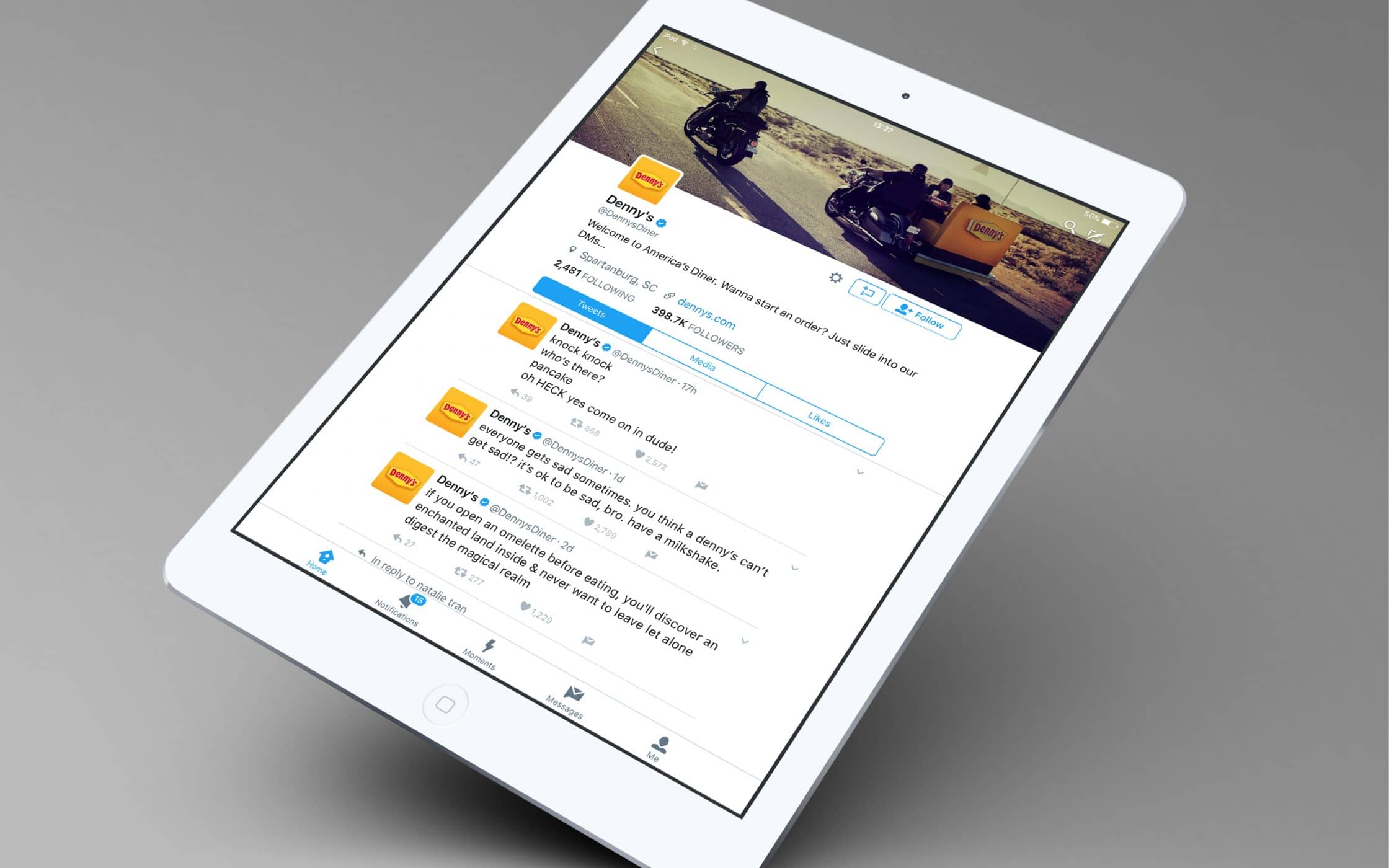
Instead of being “any old family diner”, Denny’s is using brand engagement to make a name for itself with younger customers, through funny, shareable tweets – no CTA needed.
3. Ford: Make the most of partnerships
When Ford emerged as the official truck of the NFL during the 2016 season, it wasn’t much of a shock. Ford was already affiliated with Fox Sports, and owns stadium naming rights with the Dallas Cowboys and Detroit Lions. According to the experts behind Ford, the company have been able to build much bigger brand engagement simply by partnering up with the NFL.
Brand engagement doesn’t have to be something you do alone, or with the help of your brand engagement agency. Ford used a 360-degree campaign to lock in the 62 million people it reaches through the NFL each year. Now, the brand uses influencer marketing and social growth to achieve a sales increase of about 2,000 trucks per year.
4. Chipotle: Build an emotional connection
Chipotle is yet another fast-food restaurant in America looking to improve brand engagement. Over the years, it’s used numerous forms of advertising to draw attention to its brand. For instance, the short animated film “A Love Story” promoted Chipotle’s summer rewards program: “Chiptopia”.
The video received millions of views, and like other animated releases from the past, “A Love Story” represented the brand’s ability to improve engagement by building strong emotional connections with customers. Everything from the colourful imagery, to the family-friendly representation of brand values helps Chipotle to gain the trust and loyalty of its community.
5. Southwest: Let your employees represent your brand and be transparent
Air travel quickly went from being a fun and exciting opportunity in the 1990s, to a serious hassle after the attacks of 2001. Security got tighter, airlines merged, and customers began paying more than ever on baggage fees. In an attempt to reduce customer frustration and boost brand engagement, Southwest Airlines created “Transferency”, a solution that showed all the costs a customer had to pay on a ticket – with no surprise fees.
Another way Southwest have worked to boost brand engagement, is by featuring their team members and employees in their ad campaigns. The company apparently offers employees more autonomy for serving customers than most airlines, and showcasing their employees helps them to display the human side of their business.
6. Starbucks: Offer experiences that ensure engagement
Want to make sure you’re getting more brand engagement? Offer experiences that your customers can’t help but get involved with.
The “Roastery” campaign began in 2014 in Seattle, when Starbucks introduced a new experience-based solution for brand engagement. At the Roastery, you can enjoy a multi-sensory taste experience where you can chat with baristas, enjoy a unique menu, and experience coffee brewed in countless ways. The next roastery is set to open in New York next year.
By offering customers a truly unique experience through Starbucks Roasteries, the brand is encouraging the development of promoters, and brand advocates who are keen to share those experiences online. Starbucks is using its talents to drive engagement with coffee lovers – passionate people who are likely to go on and tell their friends about the store, while amplifying the brand’s message.
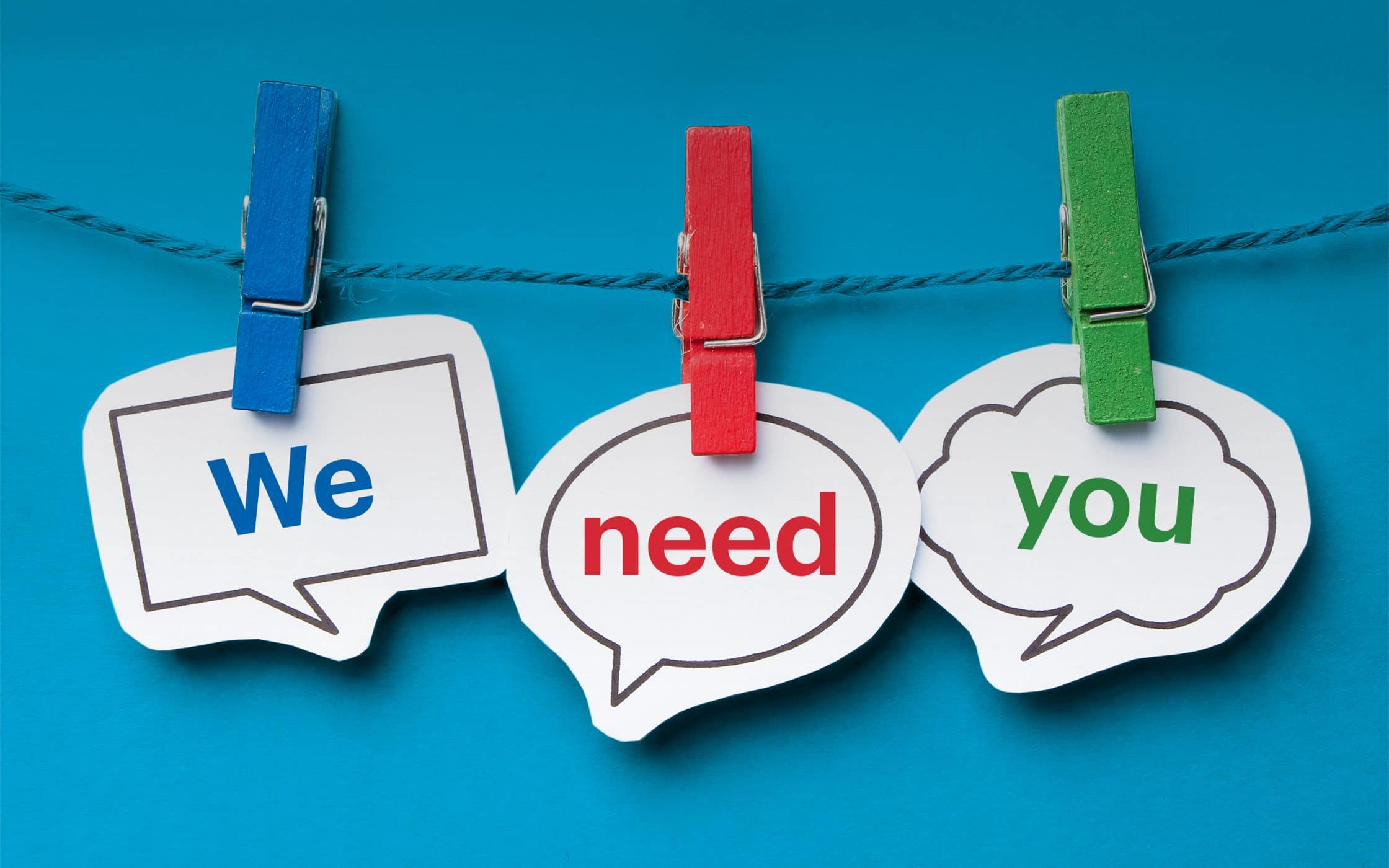
Brand engagement: It’s time to connect with your customers
In the world of marketing, brand engagement is a term that seems to bounce around regularly, creating buzz among some industries, while leaving other groups in a state of sheer confusion. At the end of the day, if you’re in the business of building a brand for your future, then you need to figure out how you can engage with your customers on a daily basis.
Social media, the rise of personalised content, and various other elements have ensured that today’s customers expect a certain level of activity from their favourite companies. In fact, if you’re not active enough online, then your customers might question the authority, or reliability of your business.
Fortunately, with the right brand engagement agency, you can turn customer perception around, improve loyalty within your audience, and ensure that you’re prepared to adapt to the marketing sphere of the future with solutions that respond to the needs and expectations of your target market.
Brand engagement, through exceptional customer service, incredible online strategies, and carefully-structured solutions for communication, can help to set your company apart from your competitors, by transforming simple branded messages into two-way conversations.
Brand engagement might not be simple – but it’s essential if you want to earn long-lasting customers, that stick with your brand, and advocate for your company.
If you enjoyed this article, you might enjoy these too:
— Reasons to add influencer marketing to the mix
—Digital marketing trends to take your brand into orbit











